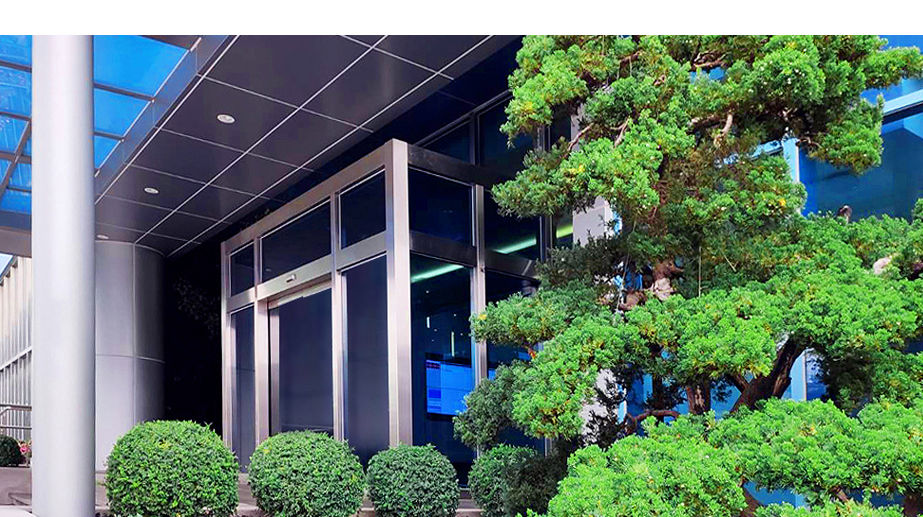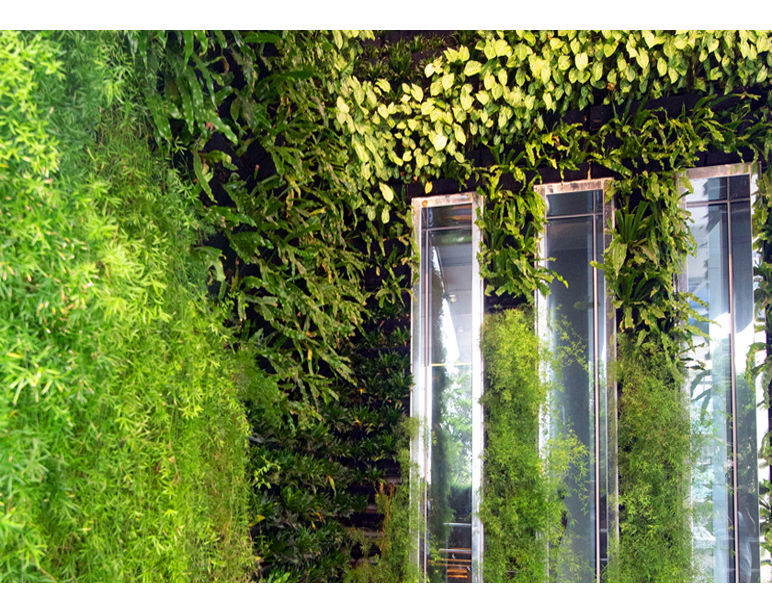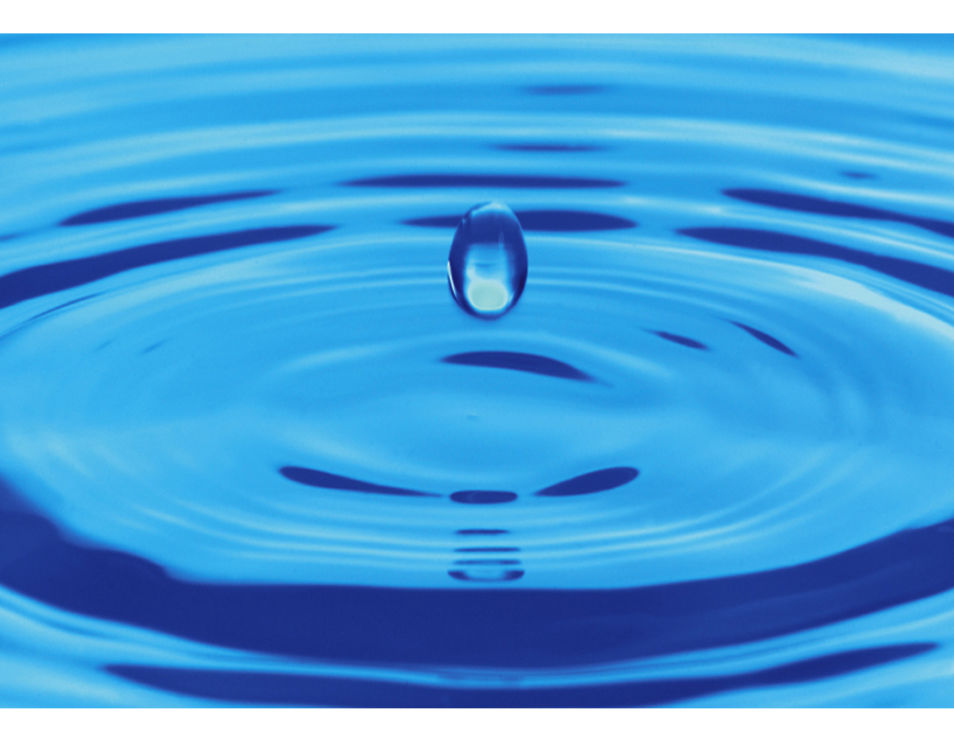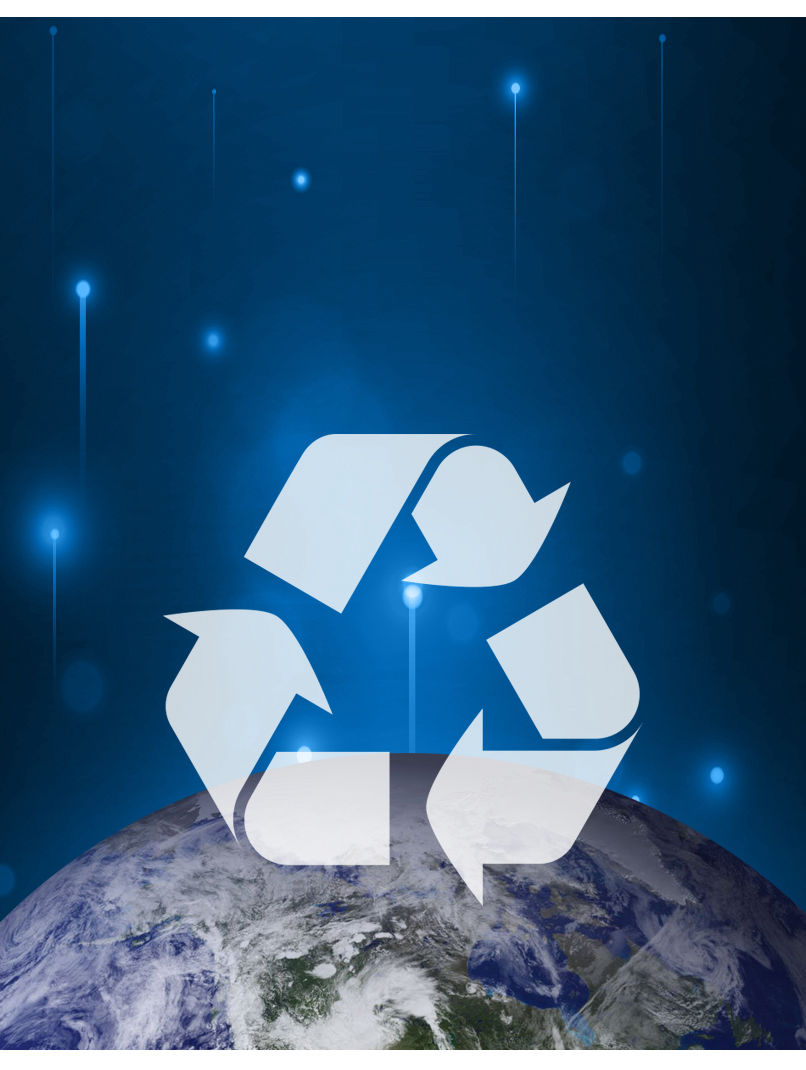


When TPW enjoyed rapid growth and technology breakthroughs, the company is also strengthening its pursuit of global environment protection and social responsibility.
No Hazardous Substances Policy
TPW has followed a hazardous-free policy and promoted internally throughout meetings, bulletin board postings, emails, training classes to enable all employees to understand and care about final results.

Energy Saving Production Process
We use low-energy, low-pollution equipment and adopt a fully automatic system to save energy.
The Air-conditioning System
Our system focuses on high-efficiency design, run time will be automatically adjusted based on the temperature requirement.
Energy-Saving Lighting
We use LED low-energy-consumption light source design mixed with natural lighting.

Establishing a green environment can mitigate climate warming, promote biodiversity, and beautify the environment.
Plant Buildings
Our buildings use natural soil layers in the building bases and soil layers on the roof, balcony, exterior walls, and artificial land to plant various plants to beautify the environment and achieve "sustainable development."
Plant Surrounding Environments
Widely planting flowers and trees in the working environment can benefit the environment and promote soil microbial activities, which is of great help to the ecological environment.

The water supply of TeraPower mainly comes from the Taiwan Water Company, and the main reservoir supply is the Second Baoshan Reservoir.
Reduce, Reuse and Recycle
Given the rapid changes in the water environment caused by climate change in recent years, droughts and floods have become more frequent, and stakeholders are increasingly concerned about issues with water resources. To respond to these complex water resources issues as early as possible, we rely on reduction, reuse, and recycle strategies to manage water resources and continue to promote water-saving measures in all our factories.

The factory complies with the relevant regulations of the competent authority and processes per the law. In addition to reducing waste at the source and looking for alternative materials to reduce waste, we have also begun to follow the plans of the circular economy model and began recycling to reuse waste effectively.
Wastewater Treatment
The plant area complies with the relevant regulations of the competent authority. Wastewater is authorized for discharge, and the flowmeter and detector are regularly calibrated to ensure the data's accuracy and the treatment system's stability.
Waste Disposal
The waste generated during factory operations is cleaned per the law. In addition to reducing waste at the source and looking for alternative materials to reduce waste, we have also begun to follow the plans of the circular economy model and began recycling to reuse waste effectively. The waste is collected, sorted, reduced, and recycled instead of going to "landfill disposal," transforming waste and garbage into resources to achieve the purpose of waste reduction.
TPW has obtained Taiwan (EPA) certification start from 2022. The greenhouse gas emissions are based on actual inventory of each plant. The scope includes direct greenhouse gas emission sources (Category 1) and energy indirect greenhouse gas emission sources (Category 2) of each plant. The use of purchased electricity in Category 2 accounts for 98% of the total greenhouse gas emissions. Therefore, greenhouse gas reduction strategy of TPW focuses on electricity management and reduction of electricity consumption. The goal is to reduce relative scope 1 and 2 GHG emissions from our global operations by > 1% every year from 2020 till 2025.
Carbon emissions in 2023
Direct greenhouse gas emissions (Category 1) is 1,341.1271 Tonne C02e
Energy indirect greenhouse gas emissions (category 2) is 67,464.7044 Tonne C02e
Other indirect greenhouse gas emissions (Category 3) is 50,035 Tonne C02e
In 2024, the purchased renewable energy consumption will reach 1,599,009kw (a total of 1,599 renewable energy certificates)..
.